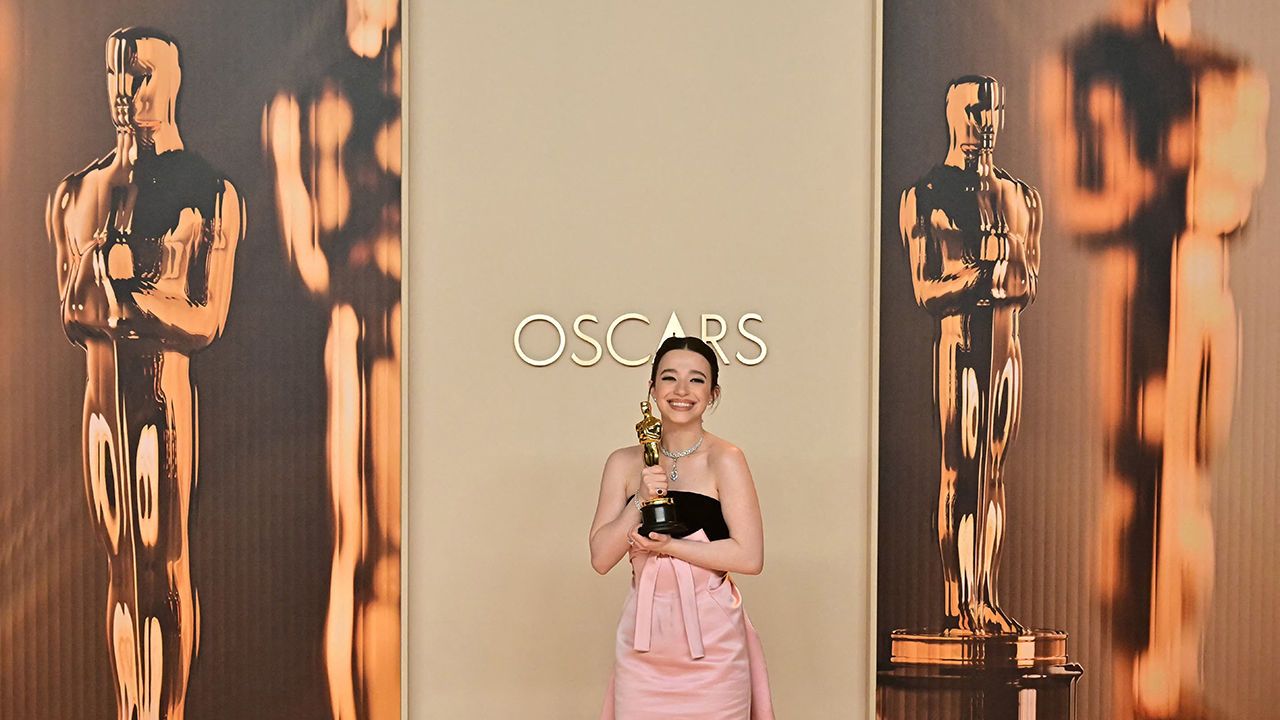The world’s most extreme cancel culture
Why North Korean pop reeks and K-pop rocks

North Korea’s rulers have always had strong views on art. Kim Il Sung, the regime’s founding despot, said artists should “arouse burning hatred for the enemy through their works”. His son and successor, Kim Jong Il, was such a cinema enthusiast that he kidnapped a South Korean director and his actress ex-wife and forced them to make propaganda films, including a (surprisingly good) revolutionary Godzilla-style monster flick. Kim Jong Un, the current ruler, demands “masterpieces pulsating with the sentiment of the times”, by which he means praise for himself.
Explore more
This article appeared in the Culture section of the print edition under the headline “Gangnam style v gulag style”
Culture
April 27th 2024
From the April 27th 2024 edition
Discover stories from this section and more in the list of contents
Explore the edition
Meghan Markle’s new Netflix show is out of touch with the times
In it she positions herself as an elite Martha Stewart

This year’s Oscars were notably apolitical
Hollywood has ditched resistance in favour of toeing the line

AI unleashes a weird new genre of political communication
Donald Trump’s Gaza video offers a taste of what is to come
Why are live albums back in fashion?
Hitmakers including Niall Horan, Dua Lipa and Ed Sheeran have released them
Caviar is the internet’s favourite indulgence
Russian tsars loved it. Now TikTok does, too
Finding meaning in people’s first words—and their last
Why there is less significance than society would have you believe








